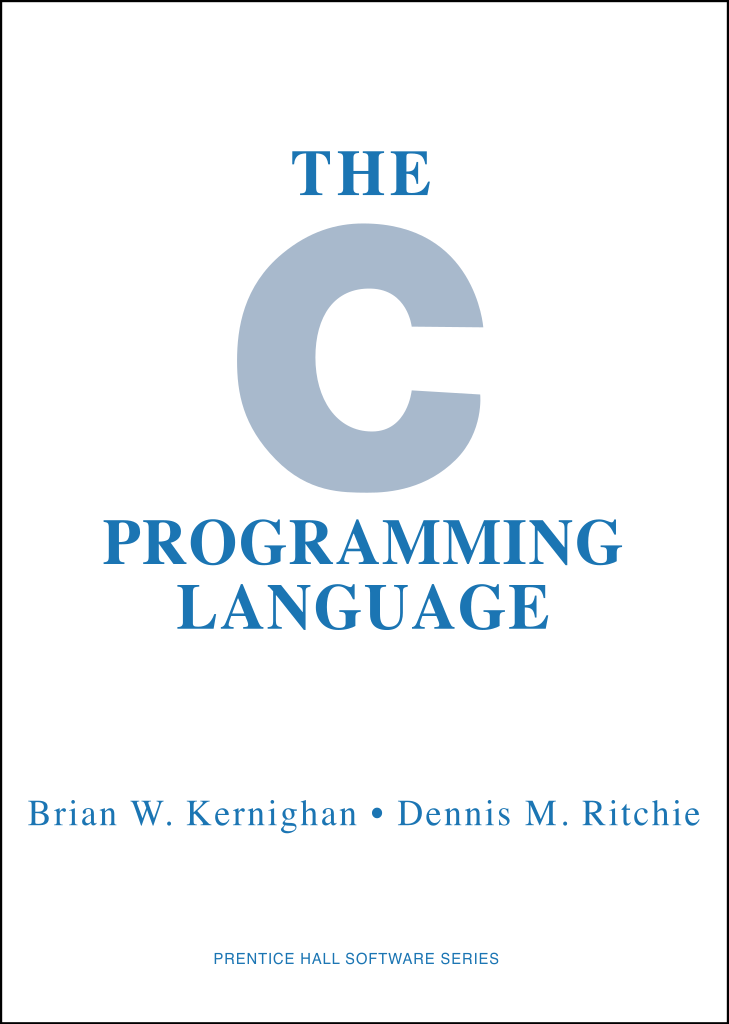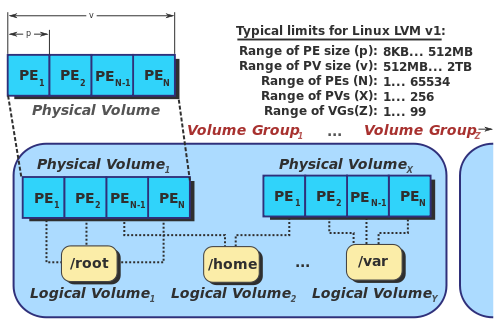
Creating an OpenStack FreeBSD image
Cyso's new OpenStack platform (called Fuga.io) is currently undergoing rigorous beta testing by an ever-increasing amount of users. To facilitate them, we’re constantly adding images and operating systems to our library in Horizon. We’ve just released a new beta image for FreeBSD 10.1-RELEASE. To give you an understanding in what went into creating this image, we’ll provide you with a small guide and some backstory here. Cloud images Most of the cloud images consist of a few parts, which are generally the same between images:...

